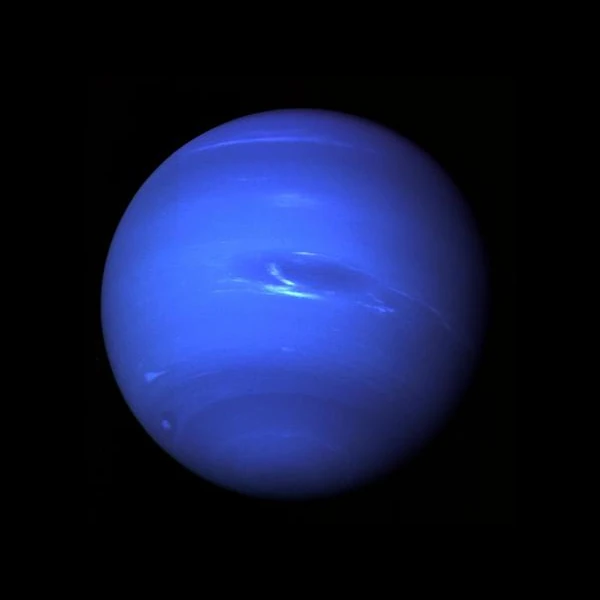
Image: JWST NASA's James Webb Space Telescope (Domaine public).
The solar wind is composed of charged particles, mainly electrons and protons. These particles are ejected from the Sun's outer layer, called the corona, at high temperatures and speeds.
The process of solar wind formation is linked to the release of hot solar plasma into space. The charged particles of this plasma are subject to the influence of the solar magnetic field and are expelled in all directions. This continuous flow of particles forms the solar wind, which fills interplanetary space.
Solar wind speed can vary, but on average it is about 400 kilometers per second (km/s) or about 1.4 million kilometers per hour. It can increase during solar events such as solar flares, where significant quantities of material are expelled into space with increased speeds. These variations can have impacts on the interactions between the solar wind and the magnetic fields of planets, including Earth.
The solar system's giant planets, Jupiter, Saturn, Uranus and Neptune, are known for their strong winds.
Wind speeds on the surfaces of these planets are among the highest in the solar system.
On Jupiter, the fastest winds are found in the Great Red Spot, a giant storm more than twice the size of Earth. Winds in the Great Red Spot blow at speeds of 360 to 440 kilometers per hour. The winds are also very violent in Jupiter's equatorial zone, where they can reach speeds of 500 to 600 kilometers per hour.
On Saturn, the fastest winds are found in its equatorial band, where they can reach speeds of 1,800 kilometers per hour. Saturn's winds are one of the factors that influence the dynamics of Saturn's rings. They can help hold rings in place, disperse them, and form divisions.
On Uranus, winds vary depending on latitude. At the equator, winds are retrograde, meaning they blow in the opposite direction to the planet's rotation.
At higher latitudes, winds are faster and blow in the direction of the planet's rotation. Wind speeds can reach 700 or 800 km/h around +60° latitude but on average, wind speeds on Uranus are around 200 km/h.
On Neptune, the fastest winds are found in its equatorial zone, where they can reach speeds of 2,200 kilometers per hour. These winds are responsible for the formation of the Great Blue Spot, a giant storm that is about half the size of Jupiter's Great Red Spot or once the size of Earth.
The reasons for strong winds on giant planets are not fully understood. However, it is likely that these winds are caused by the rapid rotation of the planets. Jupiter's rotation has a period of 9 hours and 55 minutes, Saturn has a rotation period of 10 hours 33 minutes, Uranus has a rotation period of 17 hours, Neptune has a rotation period of 16 hours 63 minutes. This rapid rotation creates a centrifugal force which pushes the gases outwards, which causes the formation of winds.